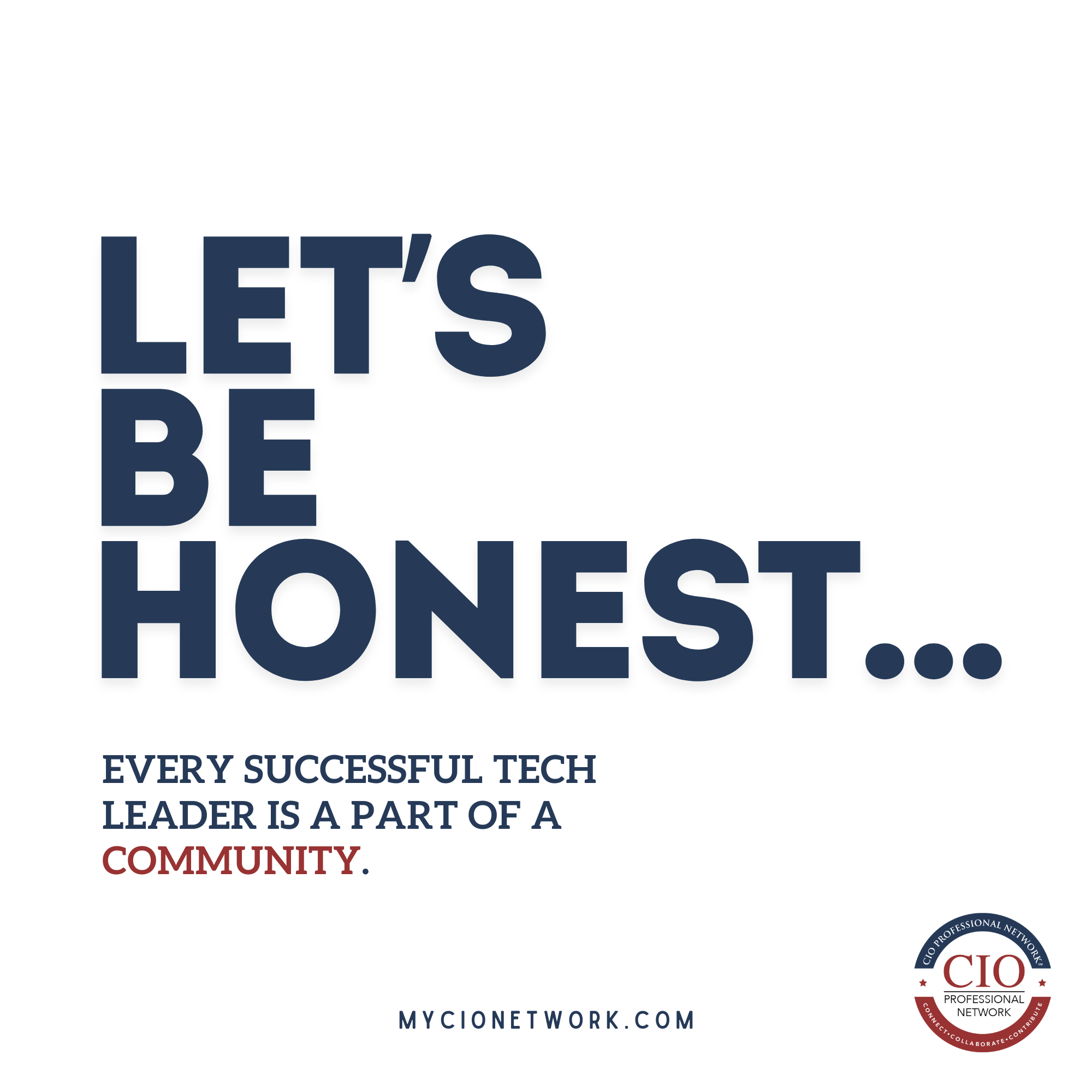The C-suite is undergoing a profound transformation. According to Deloitte’s 2025 Tech Exec Survey, this transformation is characterized by an urgent need for generative AI expertise, growing demands for collaborative leadership, and an evolving structure of the tech executive suite itself.
The survey, encompassing insights from over 600 senior tech leaders across the U.S., underscores a moment where AI adoption and cross-functional synergy are the focus.
A Bigger Table with More Seats
One of the most striking revelations is the expansion of tech roles within the C-suite. Half of the respondents report having four or more technology-related executives ranging from CIOs and CTOs to CDAOs and CISOs.
This growth reflects the importance of technology across all business functions, but it also brings complexity. About 26% of leaders find it difficult to maintain clear role distinctions, suggesting a pressing need for organizations to restructure and realign responsibilities to optimize impact.
Still, each role brings something unique to the table:
- CIOs are focused on maximizing data and AI capabilities.
- CTOs are building secure, compliant platforms.
- CDAOs are developing AI-ready talent pipelines.
- CISOs are working to build trust through cyber resilience and transparency.
Getting this group aligned is the key to making tech a true business enabler.
The GenAI Imperative
GenAI has become the flashpoint for tech strategy in 2025. A full 45% of respondents rank GenAI skills as the most urgently needed within their organizations, highlighting a significant gap between AI ambition and operational capability.
Contrary to fears of job displacement, the survey reveals that 70% of tech leaders plan to expand their headcount specifically because of GenAI.
AI is not necessarily replacing workers, it’s augmenting and enhancing their capabilities.
Key skill areas expected to benefit from AI include cybersecurity (56%), cloud orchestration (47%), and data science/analytics (39%). In effect, GenAI is driving workforce transformation. Additionally, 81% of leaders believe GenAI will improve their ability to attract top tech talent, which is an encouraging sign amid ongoing talent shortages.
To further bridge skills gaps, many organizations are turning to Global Capability Centers (GCCs), with 58% either operating or planning to establish one in the next two years. These centers aim to centralize expertise, ensure quality control, and scale AI initiatives efficiently.
Collaboration as a Catalyst for Transformation
Another major theme from the survey is the centrality of collaboration within the tech C-suite. Tech executives are becoming integrators who align technology with broader business strategy.
According to respondents, thriving in the next 18 months depends on three key actions. These are engaging frontline and mid-level staff, co-creating technology strategy with peers, and effectively articulating tech’s value in business terms.
This emphasis on unity is especially relevant in the context of AI adoption.
“Where the C-suite leads the shift, more value can be realized. When adoption is fragmented, progress is slowed.”
Ranjit Bawa, Deloitte U.S. Chief Strategy and Technology Officer
The Strategic Reimagination of the Tech Function
What really stands out in this year’s survey is the call for reinvention in how tech leaders operate. It’s no longer enough to manage IT budgets and implement tools. Today’s CIOs and their peers are expected to think like business strategists, talent architects, and innovation catalysts all at once.
And that means rethinking metrics, too.
Traditional KPIs aren’t going away, but they’re being supplemented with measures of business impact, customer outcomes, and innovation success.
As Anjali Shaikh from Deloitte notes, today’s tech leaders are “integrators across business strategy, talent, and innovation.” That’s a far cry from the traditional CIO remit and it signals a new kind of leadership emerging in boardrooms everywhere.
The Wrap
One big takeaway from this year’s survey is that the tech C-suite is becoming more collaborative, more strategic, and more essential to the success of the business than ever before.
The GenAI skills gap is very real. At the same time, it is sparking new investment in both people and platforms.
The structure of tech leadership is definitely growing more complex which is a clear sign of technology’s expanding influence across all areas of the organization. While collaboration may be more difficult now, it remains one of the most powerful levers for long-term business value.
This is the moment to step forward.
It is a time to rethink roles, reframe strategy, and redefine what effective leadership looks like in a business world shaped by rapid innovation.
The next year and a half will challenge and stretch even the most seasoned leaders. Those who succeed will be the ones who view AI as a powerful opportunity to reshape the way their organizations work, compete, and grow.






